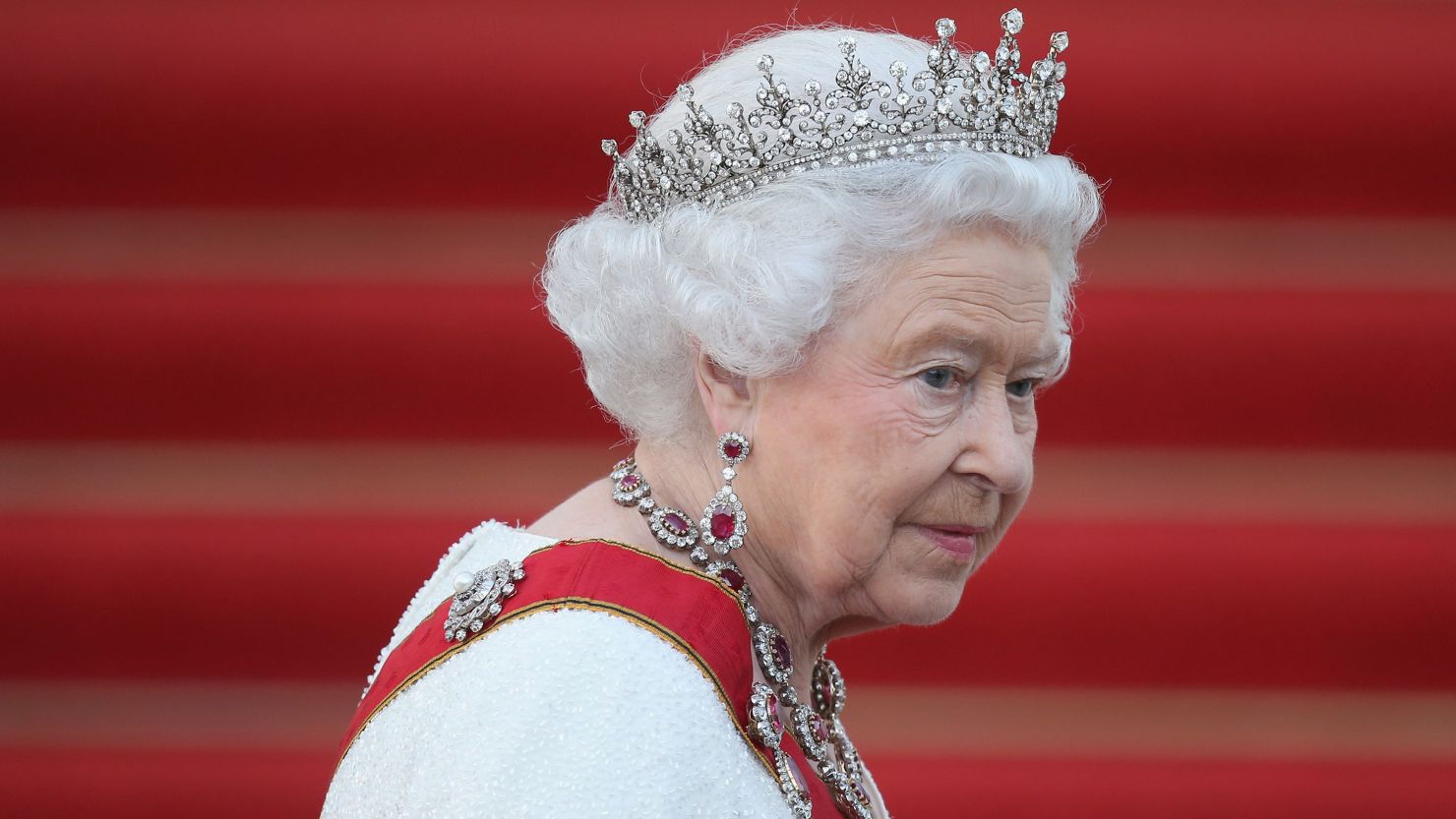As the British monarchy navigates uncertain waters, Prince William is stepping into the spotlight, showing signs of readiness to take on the responsibilities of a future king.
With King Charles grappling with significant health issues, the landscape of royal duties is shifting, and William is emerging as a strong contender for leadership.
In February of last year, the public was stunned when King Charles revealed his cancer diagnosis.
This news sent ripples through the media and left many wondering about the future of the crown.
The king took a step back from his royal obligations to focus on recovery, yet he remained dedicated to his duties, continuing to engage in royal affairs while undergoing treatment.
Recent reports indicate that King Charles’ health is on the mend, but preparations are underway for Prince William and Princess Catherine to potentially ascend the throne sooner than anticipated.
As the king recuperates, the royal couple has been gradually taking on more responsibilities, hinting at a possible transition in the monarchy’s hierarchy.
William has always been candid about his feelings towards kingship.
In past interviews, he expressed that he doesn’t lie awake wishing for the crown, reflecting both a sense of duty and a reluctance to step into the role prematurely.
However, insiders suggest that he’s beginning to embrace the opportunity to influence the monarchy’s future.
With King Charles undergoing cancer treatment, William is not just waiting in the wings; he’s actively shaping the future of the crown.
Reports from sources like InTouch Weekly reveal that while William is seen as a capable leader, his uncompromising leadership style raises eyebrows among some family members.
As the king delegates more responsibilities to his son, there’s a growing consensus within the palace that William’s ascension might come sooner rather than later.
This shift is generating buzz about how he will navigate the complexities of being a monarch and the direction he intends to steer the royal family.
In the past year, William has already stepped in for his father on several high-profile occasions.
Notably, he represented the royal family during the ceremonial reopening of Notre Dame Cathedral in Paris and engaged with global leaders, including former U.S. President Donald Trump.
These appearances have solidified his role on the international stage.
Although a formal transfer of power hasn’t occurred yet, indications suggest that William will be increasingly filling in for King Charles in the upcoming year.
This gradual assumption of duties could signal the start of William’s journey toward kingship, even if the official transition remains on the horizon.
As he prepares for his eventual role, William’s approach to leadership is becoming clearer.
His combination of a strong sense of duty and a straightforward demeanor positions him to bring a refreshing perspective to the throne, potentially redefining the monarchy for generations to come.
The royal family stands at a crossroads, and all eyes are on William as he navigates this pivotal moment.
His actions now will not only shape his own legacy but also influence the future of the British monarchy.
Related Stories

